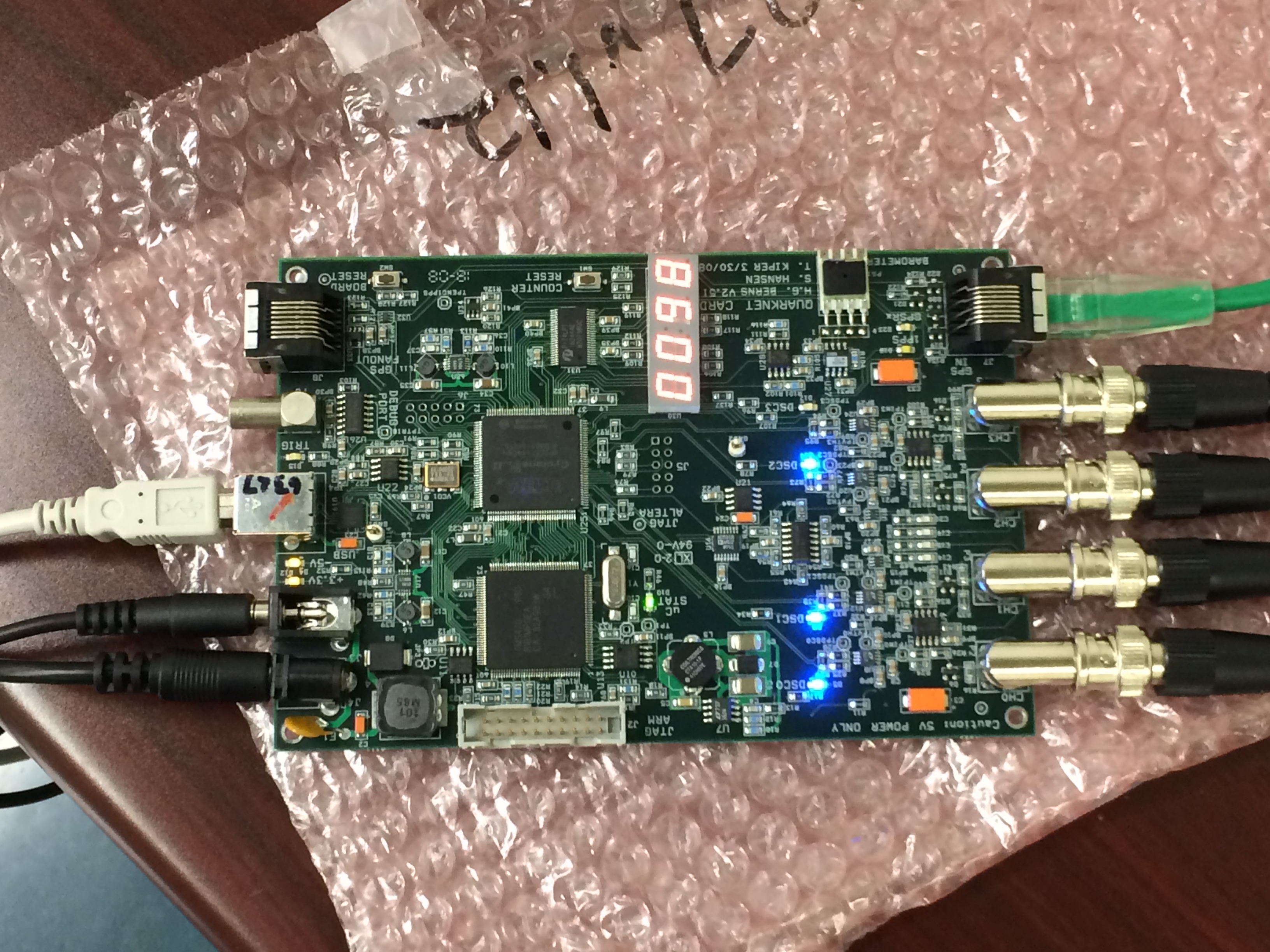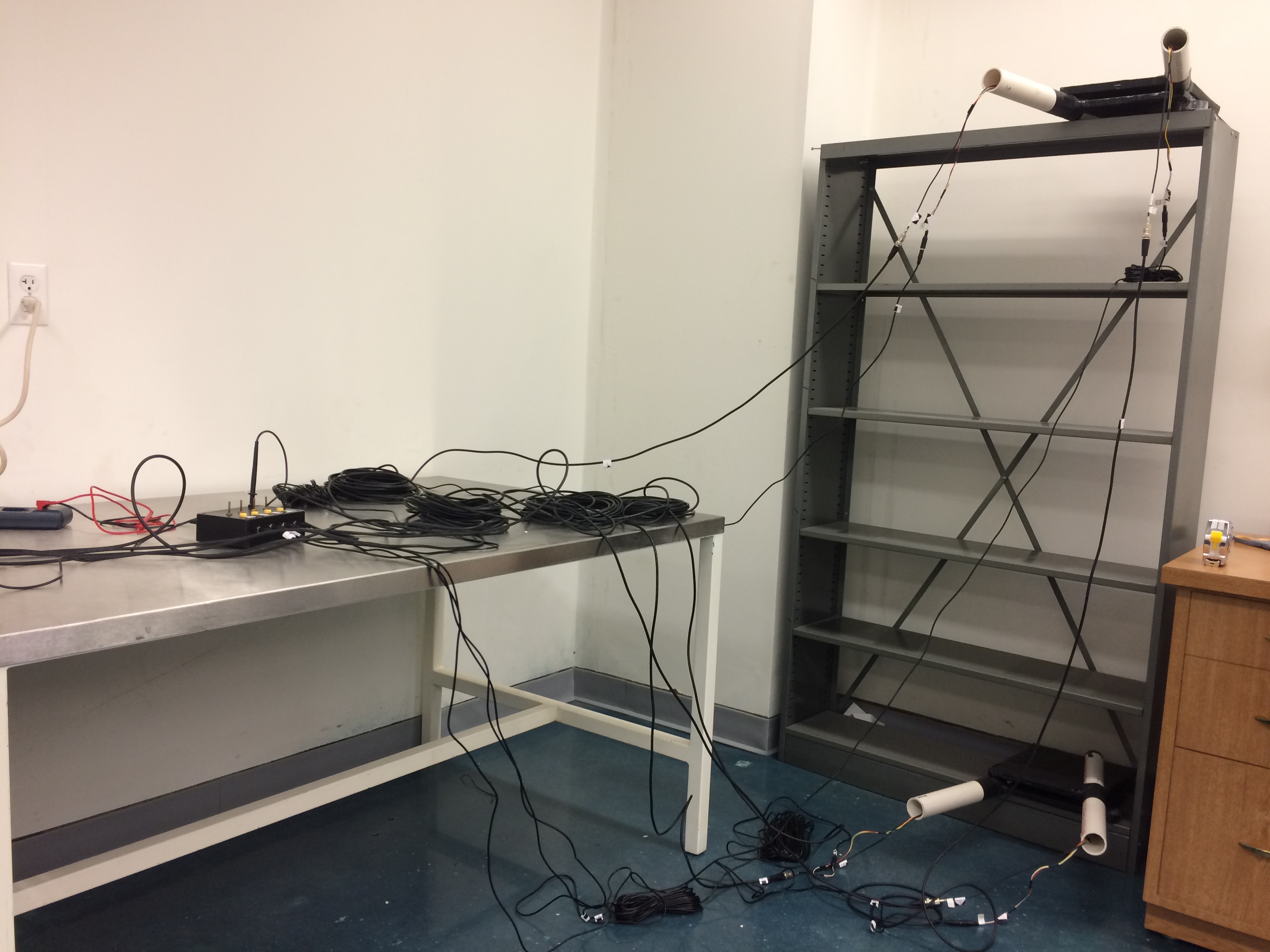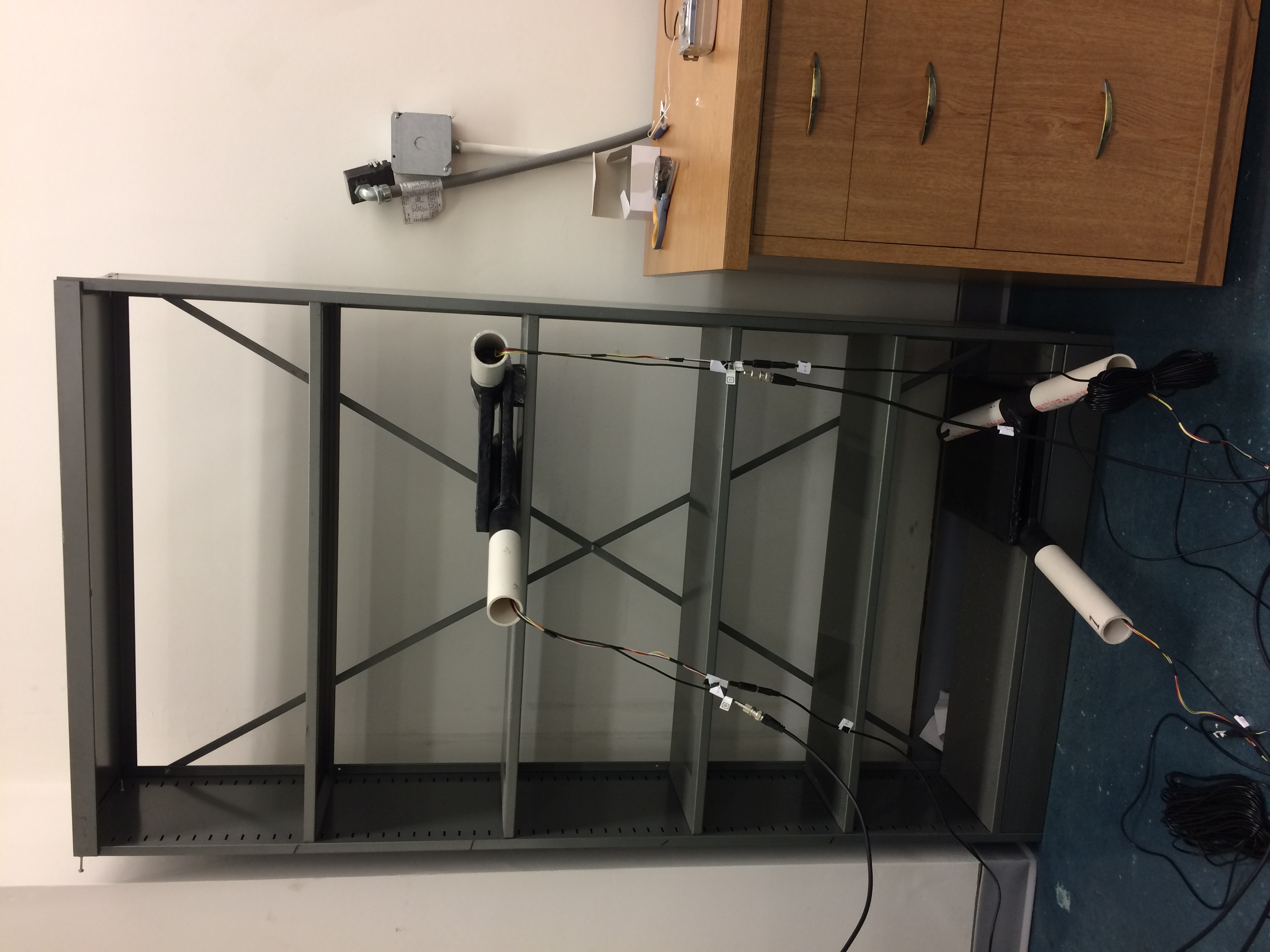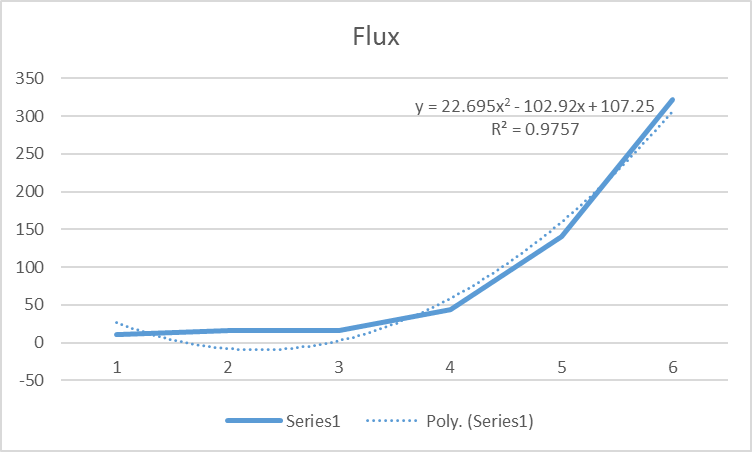TestRun
Workshop
06/15/2017
Abstract
The purpose of this experiement is to observe the flux as a function of plate pair distance.The scintillation plates are paired and seperated at six distances.
Introduction
The Earth is constantly bombarded with cosmic particles. Once they enter our atmoshphere, they change (or decay) into other subatomic particles,often several times. By the time they approach the surface of the Earth, most of them have become muons that the scintillation plates in our apparatus can detect. How does changing the distnace between plate pair effect the muon count? By determining the number of muons that travel through all four plates at a given distance and comparing that value to the value of muons at a different distance, we can analyze the numbr of muons at various differences to determine the amount of change or flux.
Procedures
The system consists of four scintillator plates, arranged at different distance away from each other in two pairs to measure the flux through the system. At each distance, the muon count is recorded.
Initially, plates 1 & 2 are placed 160.8 cm above plates 3 & 4. In 15 min. intervals, the distances were changed to the following (cm): 125, 92.3, 59.5, 31.4, 10.2.
Results
See Fig. Graph
Figures

Figure 1. DAK used to collect data

Figure 2. Plate configuration

Figure 3. Arrangement of plate pairs for collection

Figure 4. Graph of count vs angle






Discussion and Conclusions
The evidence suggests that as we increase the solid angle, there is an increase in the number of muons that are coincident on the plates. Althought there is error oin my calculations, it is still supported by the reasoning. My data is fit to a polynomial fuction and although there is r^2 dependence, the behavior is skewed. I would like calucate with data further to verify to expected silid angles.
To be continued.....
Bibliography